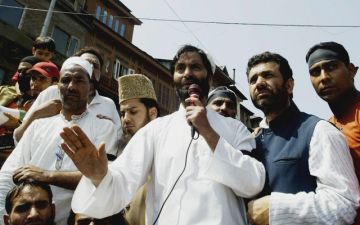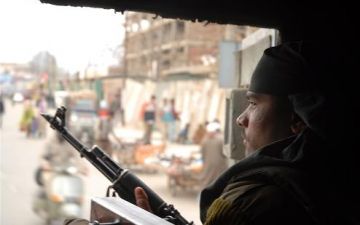India is having its moment. Having shed the bonds of colonialism, years of bitter civil strife and a stagnant economy, the country boasts nine percent growth a year with a capable middle class and world-beating industry whose latest feat is the mass production of a $2,500 car.
But just beneath the veneer of India Shining lies an underclass that lags further behind. More than 80 percent of the population — some 836 million people — live on less than 50 cents a day; farmers are killing themselves by the thousands; water and other critical resources grow scarcer; and the rights of lower-caste and tribal groups are often trampled in favor of big business.
Religious, ethnic and class tensions have always ebbed and surged in the world's largest democracy. Yet traditional pockets of unrest like Kashmir and the Northeast have of late shown signs of improvement. The advance of Leftist extremism, meanwhile, slowly gains traction among those forgotten or pushed aside to sustain what some call an "economic miracle."
Today Maoist insurgents keen to exploit the state's enduring weaknesses stalk the Hindu heartland. They are waging their "people's war" in dirt-poor, under-policed areas where conditions are most fertile, part of a long-term campaign that aims to overrun the country. And the threat they pose, nascent as it may be, is sure to intensify as the inequality gap widens. Jason Motlagh travels around the sub-continent to explore the other India up close.


